Rhuddlan Castle | Visit Amazing Welsh Castles
Rhuddlan Castle is a late 13th-century fortress located in Denbighshire, North Wales. Built under the direction of King Edward I during his campaign to conquer Wales, the castle played a key role in the English Crown’s efforts to control the region.
It stands on the banks of the River Clwyd and forms part of the so-called “Iron Ring” of fortresses built to enforce royal authority.
The castle’s concentric design and integrated river access made it strategically advanced for its time. Today, it remains a significant historical site managed by Cadw, the Welsh Government’s historic environment service.
Quick Facts
Location: Rhuddlan, Denbighshire, North Wales
Built: 1277–1282
Founder: King Edward I of England
Type: Concentric fortress with twin-tower gatehouses
Material: Local limestone and sandstone
Managed by: Cadw
Condition: Ruined but well-preserved layout
Listed Status: Scheduled Monument and Grade I listed building
Access: Open to the public
Notable For: Engineered river channel allowing supply by boat
Brief History
Construction of the castle began in 1277 during the first Welsh campaign of Edward I. It marked the beginning of the King’s strategy to control North Wales through military and administrative centres. The design was overseen by Master James of Saint George, a Savoyard architect who played a major role in Edward’s castle-building programme.
To ensure reliable supply lines, engineers diverted and canalised the River Clwyd. This allowed ships to reach the castle directly from the coast, despite Rhuddlan being located several miles inland. The castle was completed around 1282, shortly after the final defeat of Llywelyn ap Gruffudd, the last native Prince of Wales.
Rhuddlan served both as a military stronghold and an administrative hub. In 1284, the Statute of Rhuddlan was issued from the castle. This document formally annexed the Principality of Wales into the Kingdom of England and introduced English law and governance.
The castle saw brief military action during the uprising led by Owain Glyndŵr in the early 1400s. Afterwards, it fell into decline and was partly dismantled during the English Civil War to prevent further military use.
Features and Layout
The castle follows a concentric design with strong inner and outer walls. The inner ward is rectangular and protected by four round corner towers. Two large gatehouses, one facing the river and the other inland, control access.
The outer ward wraps around the inner ward and originally held stables, workshops, and living quarters. Defensive ditches and earthworks surround the structure. A unique feature is the engineered river channel, or “Elyned”, which allowed boats to deliver supplies from the Irish Sea. This artificial channel remains visible today.
Visitors can still walk through the twin-towered gatehouses. Staircases show signs of centuries of wear. Graffiti carved into the stonework offers traces of individual stories from later periods, including the 17th and 18th centuries.
Did You Know?
Rhuddlan Castle’s river dock made it one of the first castles in Britain designed with integrated maritime access, ensuring Edward I could bypass Welsh-controlled roads during his conquest.
Images
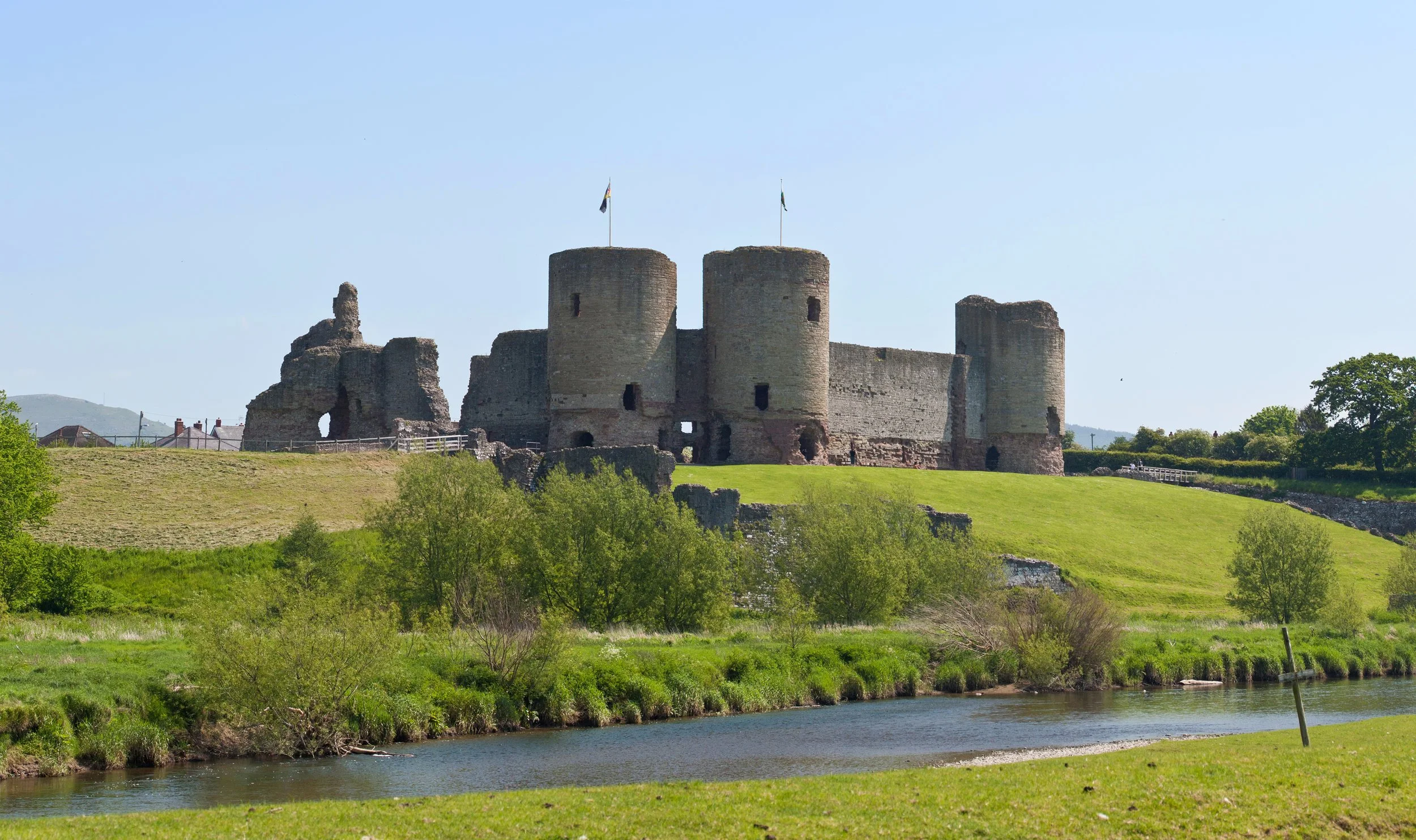
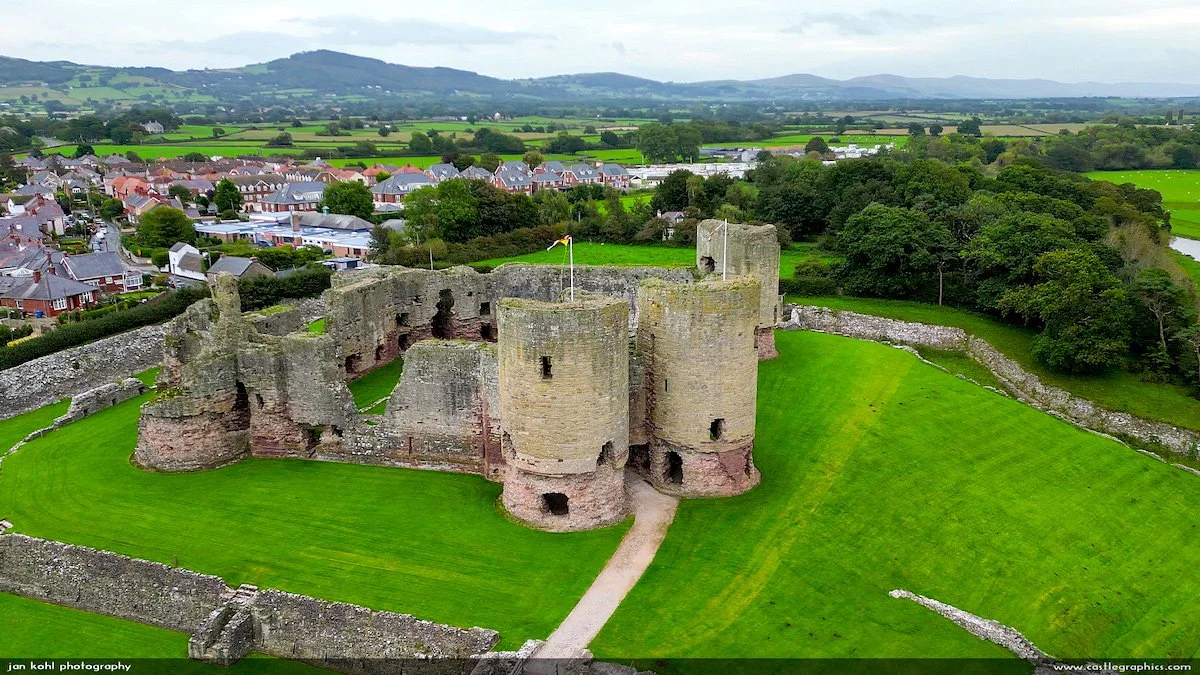
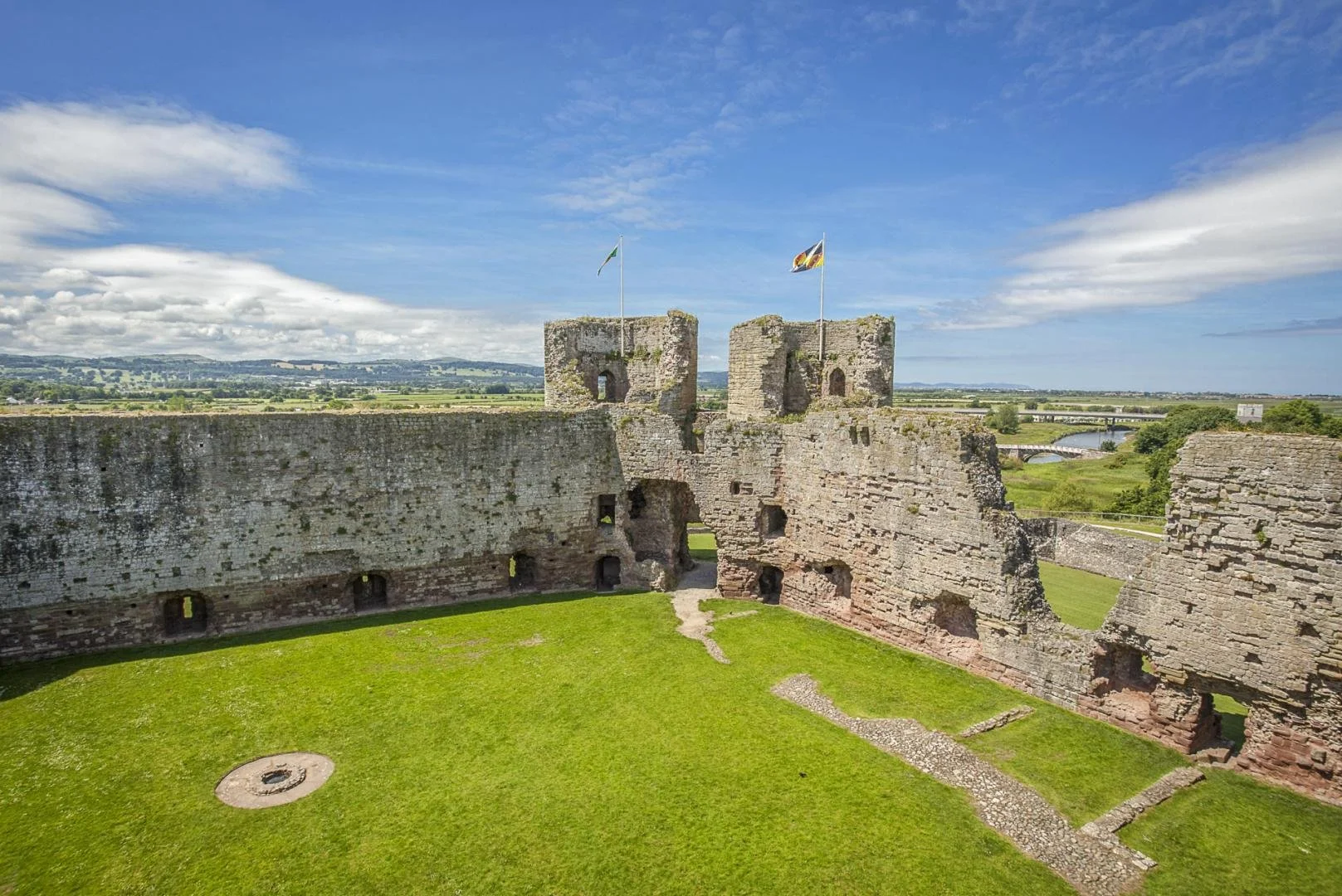
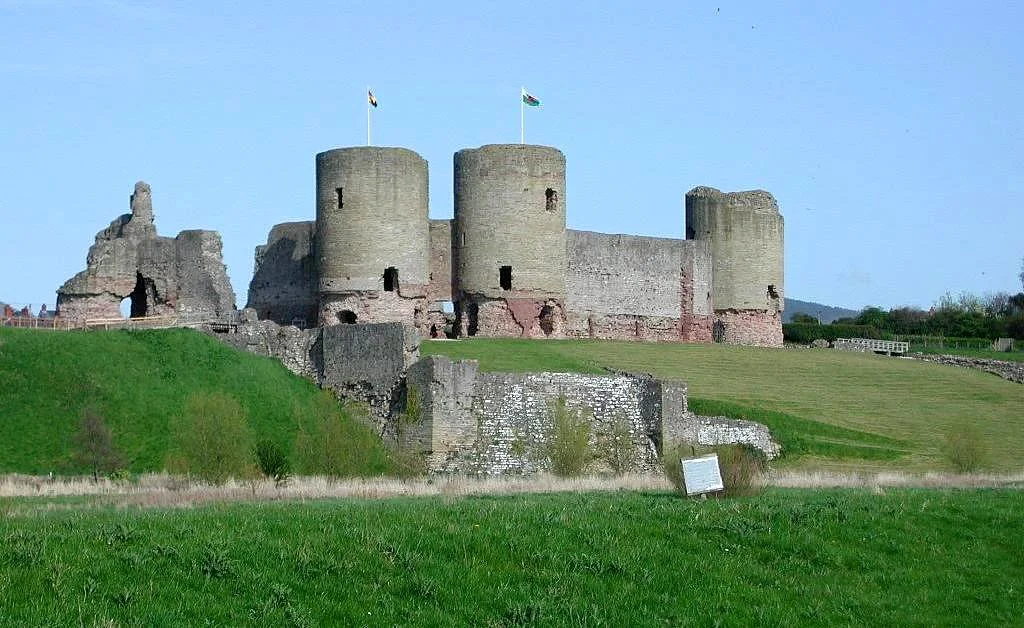
Legends and Stories
The castle does not have many traditional legends, but local lore and visitor tales add depth to its long history.
One frequently mentioned story involves the ghost of a woman seen walking the grounds in a white dress. Some say she appears near the river entrance and vanishes near the gatehouse. This tale appears in visitor accounts and local storytelling forums, though there is no historical basis for it.
According to a TripAdvisor review, one visitor claimed to hear “soft singing” in the chapel area during an early morning visit. No audio source could be found at the time. Cadw guides acknowledge that the castle has a reputation for minor unexplained sounds, especially on quiet days.
In the nearby town of Rhuddlan, older residents recall tales of hidden tunnels said to run between the castle and local churches. No archaeological evidence supports this, but the idea persists.
Visiting
The castle is open to visitors throughout most of the year and is managed by Cadw. It offers partial access for those with limited mobility and has free parking nearby.
Opening Times
10:00–17:00 daily (last admission 16:30).
Closed 24–26 December and 1 January.
Check the Cadw site for seasonal updates)
Ticket Prices (as of July 2025)
Adult: £6.50
Family (2 adults + up to 3 children): £20.70
Seniors (65+): £5.80
Juniors (5–17) / Students: £4.50 (Student ID required)
Children under 5: Free
Disabled visitors and companion: Free
Cadw Members: Free
Blue Light Card holders / HM Armed Forces & Veterans: 10% off individual admission (not valid online)
Facilities
No café or shop on-site. Public toilets are available in Rhuddlan town.
On-site information panels provide historical context.
Dog Policy
Dogs on leads are allowed throughout the site.
Directions
Postcode for Sat Nav: LL18 5AD
The site is located off the A525 and A547, near the centre of Rhuddlan.
Nearest train station: Rhyl (approx. 3 miles)
Nearby Attractions
The castle is located near several historic and family-friendly sites in Denbighshire and the surrounding area:
Bodelwyddan Castle
A Grade II* listed building and former museum with gardens and parkland. Check reopening status, as it has been closed for refurbishment in recent years.
Rhyl Miniature Railway
The oldest continuously operating miniature railway in the UK, located in Marine Lake.
St Asaph Cathedral
One of the smallest Anglican cathedrals in Britain, with over 1,400 years of Christian worship.
Prestatyn Roman Bath House
Remains of a small Roman military bathhouse, accessible via a short walk from town.
Moel Hiraddug Hillfort
Iron Age hillfort with walking trails and views across the Vale of Clwyd.
Visitor Tips
Buy tickets online via Cadw to avoid queuing, especially on weekends
Dogs on leads allowed – bring water as there is no on-site tap
Level gravel paths make most areas accessible, but towers have steep stairs
Free parking is available just outside the site
Morning visits are quieter, especially before 11:00
Good views of the River Clwyd from the outer walls – bring a camera
No café on-site – several places to eat in Rhuddlan town, a short walk away
Combine with Rhyl or St Asaph for a full-day trip
FAQs
-
Most visitors spend between 45 minutes and 1.5 hours exploring the castle and grounds, depending on interest in the site’s history.
-
Partially. The grounds are mostly level with gravel paths. However, towers and upper levels are not accessible due to stairs. Cadw provides an access statement for full details: Cadw Access Info
-
Yes. Dogs are allowed on leads throughout the castle site. Owners should clean up after pets.
-
Yes. Free parking is available directly outside the entrance, suitable for cars and small minibuses.
-
Yes. Informal talks and short guided tours are often offered by staff at around 10:30, 13:00, and 15:00 on open days. These are included in the ticket price.
Wrapping it Up
This castle offers a clear example of Edwardian military planning, combining advanced architecture with river-based logistics. Its role in the conquest and governance of Wales, especially as the site of the 1284 Statute of Rhuddlan, makes it historically significant.
Visitors can explore its towers, outer defences, and riverside location, while nearby attractions make Rhuddlan a convenient base for a day out. Cadw maintains the site with regular open days between spring and autumn.
Sources
Cadw official site
Opening times, ticket prices, access details, guided tour information, dog policy, and official visitor guidelines.
https://cadw.gov.wales/visit/places-to-visit/castell-rhuddlan
Cadw access information
Details on site terrain, mobility access, and facilities such as parking and visitor paths.
https://cadw.gov.wales/castell-rhuddlan-access-information
Gatehouse Gazetteer
Grid reference, historical summary, and architectural context within the Edwardian “Ring of Iron”.
https://www.gatehouse-gazetteer.info/Welshsites/330.html
Latitude.to
Verified decimal GPS coordinates (53.2920, -3.4700) for JSON-LD schema inclusion.
https://latitude.to/map/gb/united-kingdom/cities/rhuddlan
Wikipedia
Historical overview, construction timeline, James of St George’s role, Statute of Rhuddlan, and military events.
https://en.wikipedia.org/wiki/Rhuddlan_Castle
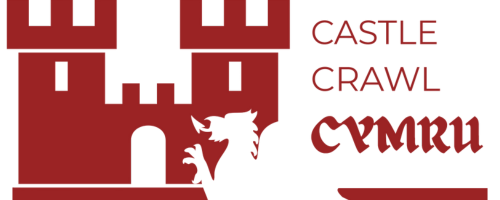



The castle was built on the site of a medieval fortified manor, the current structure was designed by architect Thomas Hopper for the wealthy Pennant family.